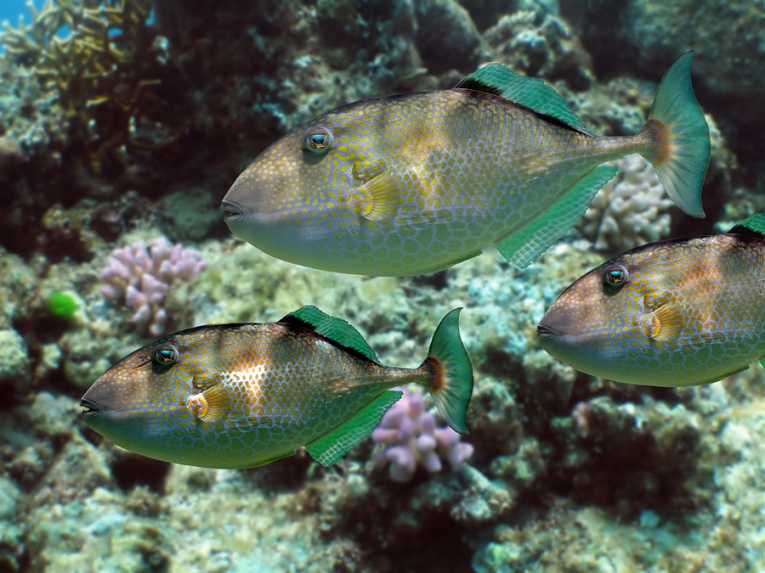Ten years ago, the marine reserve Cabo Pulmo in the Gulf of California struggled for survival. Of course, it wasn't a marine reserve back then. It was simply an overfished area that held little promise of recovery.
Community members decided to bring it back to life, winning over expert advisors with their determination. They lobbied the government to protect the area, and in 1995 the government deemed it a national marine park. Today, visitors who go diving or sea kayaking in the community's thriving ecotourism programs might think they're in one of the most pristine sites known to humankind.
Unsustainable fishing practices had made fish scarce - ironically, because of the high levels of biodiversity that drew both sport and commercial fishers. However, fish populations rose by 463 percent between 1999 and 2009, researchers found. Large fish like snappers, parrotfish, and sharks now inhabit the reserve, as well as smaller fish. Providing spawning areas for larger fish played a key role in the reserve's success, as predators are crucial for the ecosystem's health. Meanwhile, corals and sea fans provide prime habitat for a variety of animals like lobster, octopuses and small fish, says researcher and study co-author Brad Erisman.
The ecosystem has improved so much that researchers call it a hotspot for biodiversity. This revelation shocked the researchers, who had never seen fish recover to this extent in any other ecosystem - not just in California's waters, but in the world, says says Octavio Aburto-Oropeza, the study's lead author.The reserve's success stems primarily from locals' attitudes, researchers noted. Since the founding of the reserve in 1995, locals have enforced strict fishing restrictions. They also monitor reefs and sea turtle nesting areas, clean up the beaches, conduct surveillance, and enforce regulations.
Those who rely on the ecosystem for their living, like dive masters and boat captains, strive to protect the park. Poverty has decreased locally, and the economy has rebounded, because the park supplies livelihoods for locals.
Environmental consciousness pervades the close-knit community, as an article in Baja Life Magazine explored in 2005. Children make signs showing park rules, help with clean-ups, and release turtle hatchlings, taking their role very seriously, says the author. Locals have also resisted large-scale tourism endeavors because they know such programs aren't sustainable for the reserve.
Local people, in this case, are a productive part of the ecosystem. Ecosystem management efforts have often failed because they treated people as separate from the local habitat, instead of giving them a way to benefit and contribute to ecosystem management. With Cabo Pulmo, however, locals recognized the mutually beneficial relationship they could share with the park, and spearheaded the movement to turn the struggling habitat into a reserve.
Furthermore, locals weren't just following orders. They held an empowered role, initiating change and enforcing it. Few communities would appreciate other people stepping in and telling them what to do. Local communities that develop their own plans for environmental change, finding ways to involve as many people as possible, usually feel more invested in creating the change.
Policymakers must recognize how communities can benefit from protecting their environments, says Aburto-Oropeza. Leaders typically remain unaware of how communities and ecosystems can live symbiotically, missing an invaluable opportunity to improve the environment, human health, and livelihoods.
Scientists at the Scripps Institution of Oceanography in San Diego led the study, which took place over a 10-year period. They published their findings in the Public Library of Science (PLoS ONE) journal.
Top Image Credit: School of parrot fish swimming over a coral reef © Qldian










